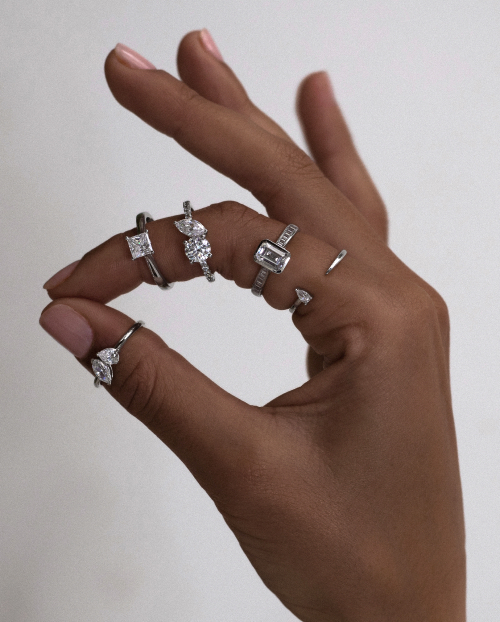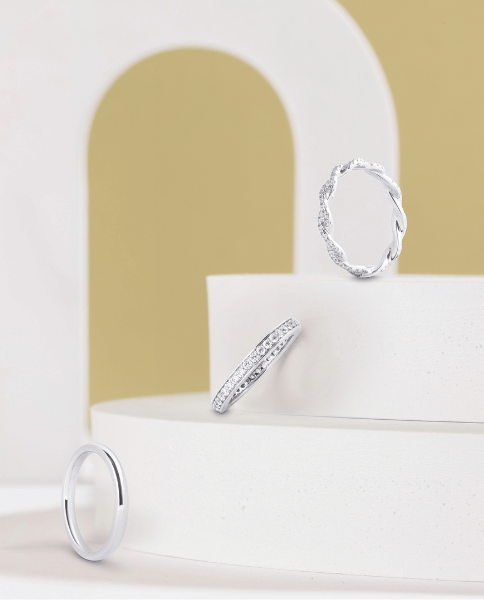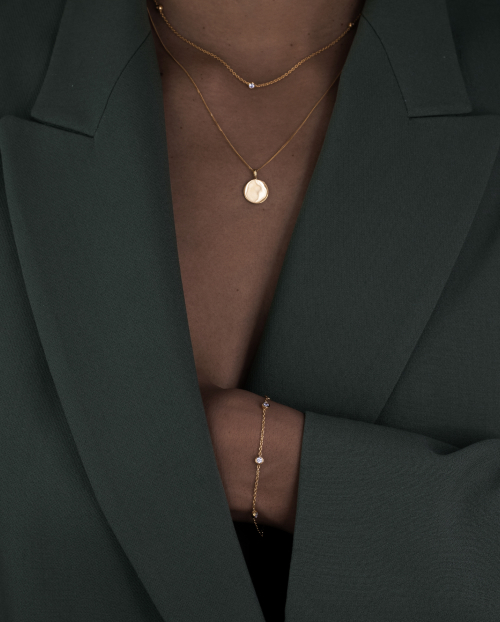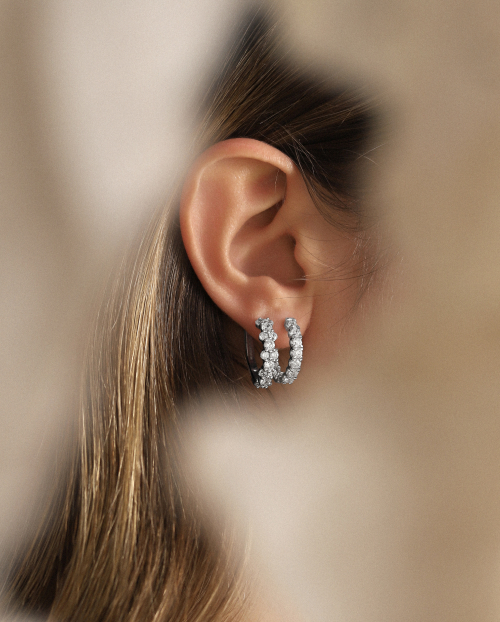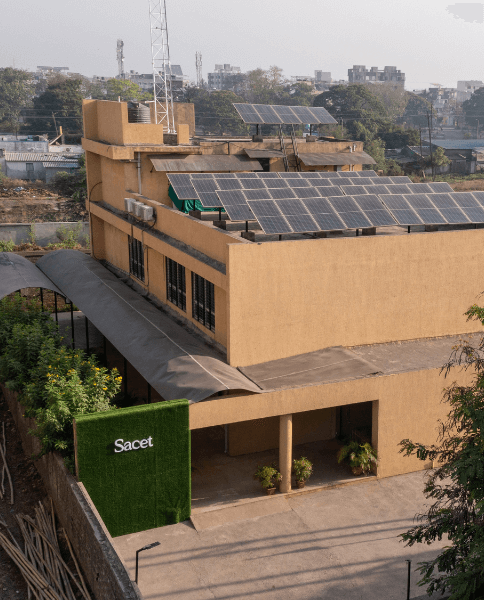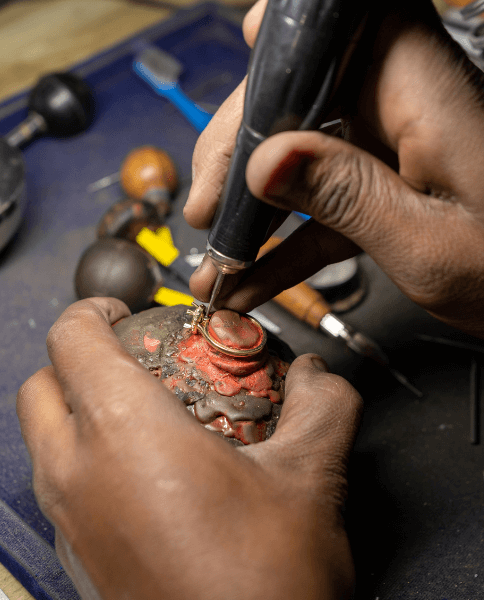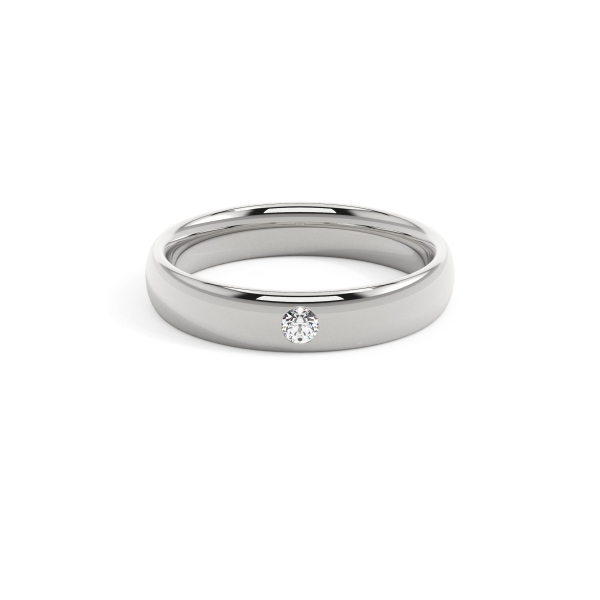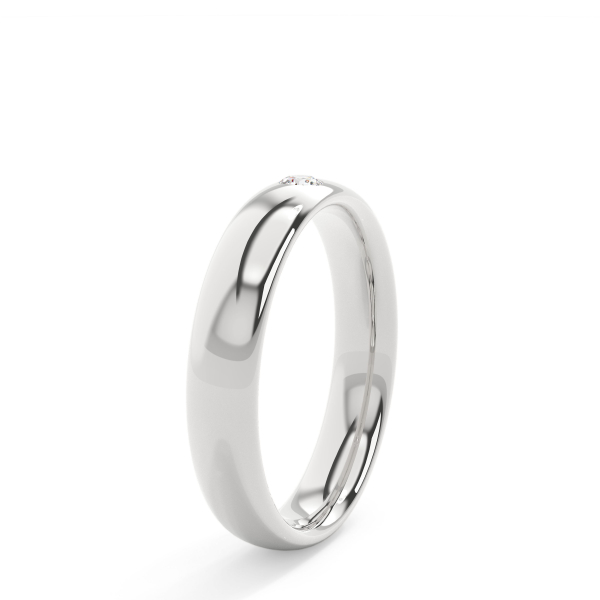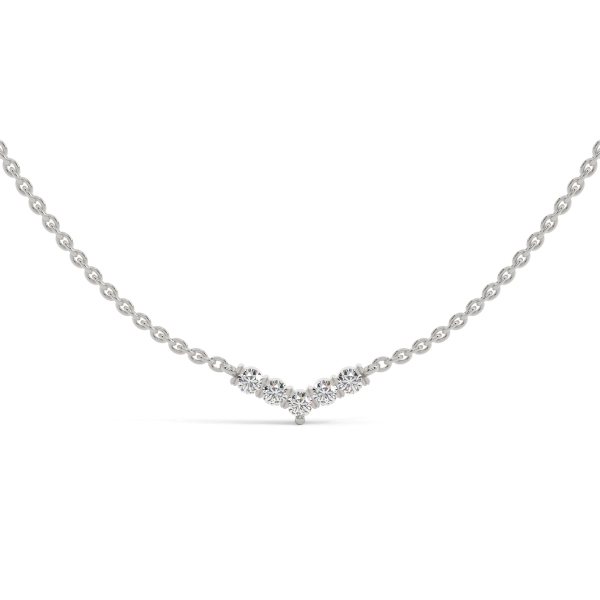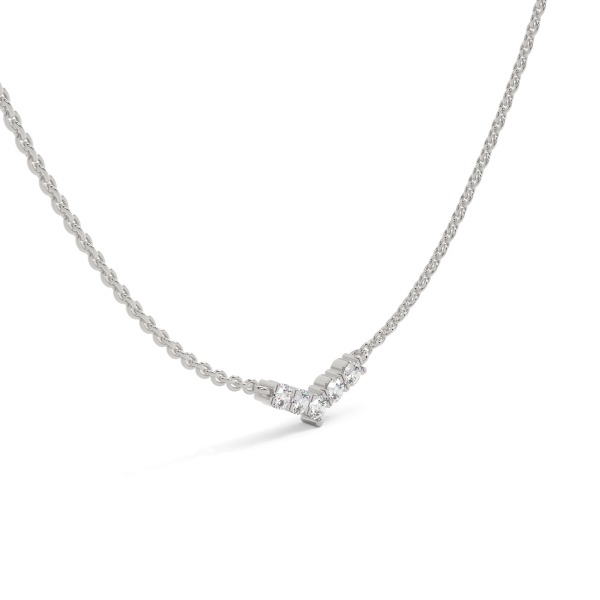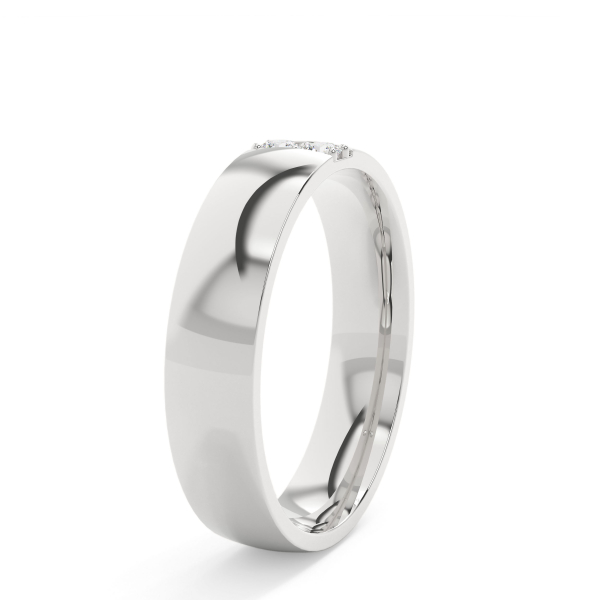Discover our collection of contemporary, consciously crafted wedding rings for men and women. Explor...
Lab Grown Diamond Rings > Lab Grown Diamond Wedding Rings > White Gold Lab Grown Diamond Wedding RingsDiscover our collection of contemporary, consciously crafted wedding rings for men and women. Explor...
Lab Grown Diamond Rings > Lab Grown Diamond Engagement Rings > Platinum Lab Grown Diamond Engagement RingsExplore our collection of diamond engagement rings – all consciously crafted with lab grown diamonds...
Lab Grown Diamond Rings > Lab Grown Diamond Engagement Rings > Rose Gold Lab Grown Diamond Engagement RingsExplore our collection of diamond engagement rings – all consciously crafted with lab grown diamonds...
Lab Grown Diamond Rings > Lab Grown Diamond Engagement Rings > White Gold Lab Grown Diamond Engagement RingsExplore our collection of diamond engagement rings – all consciously crafted with lab grown diamonds...














